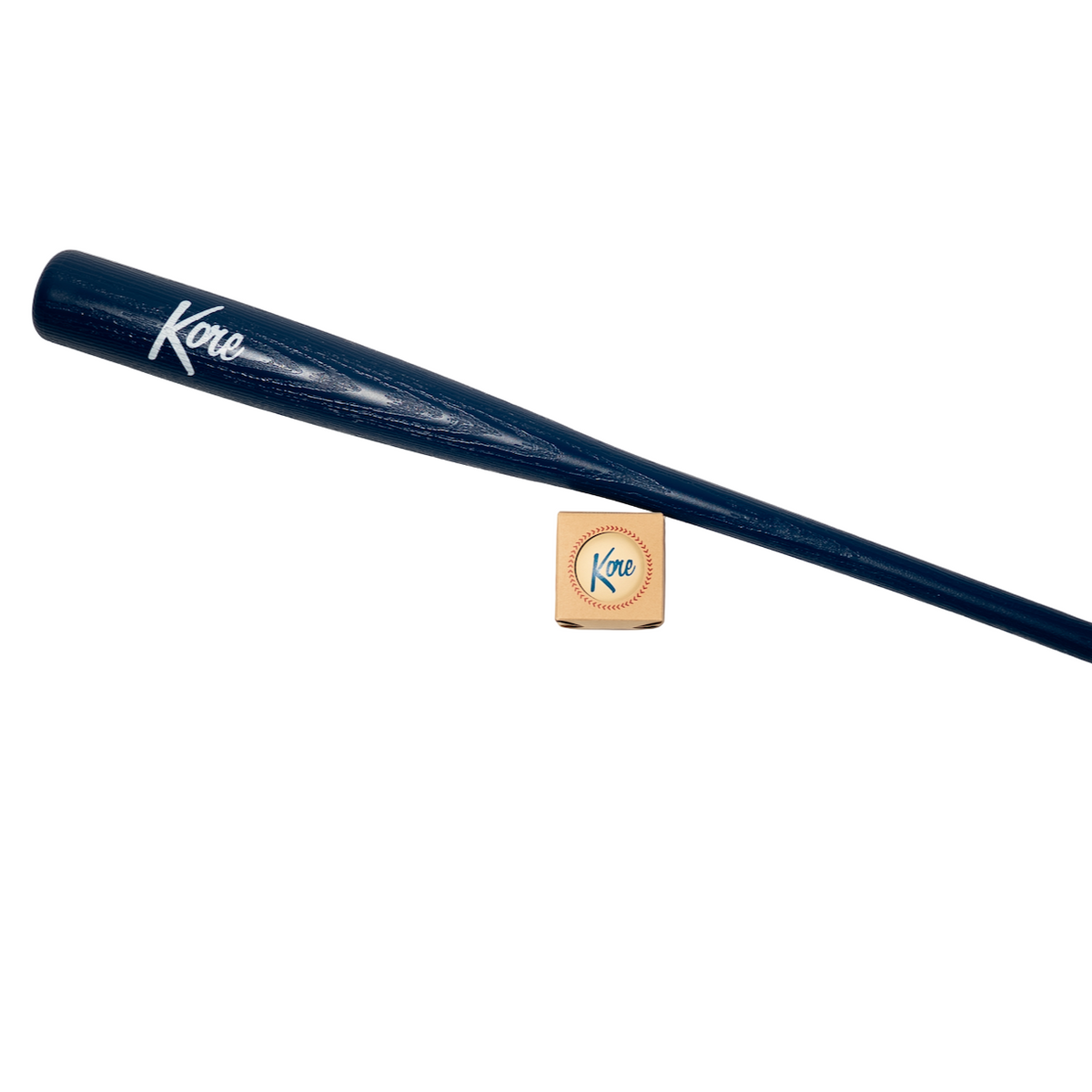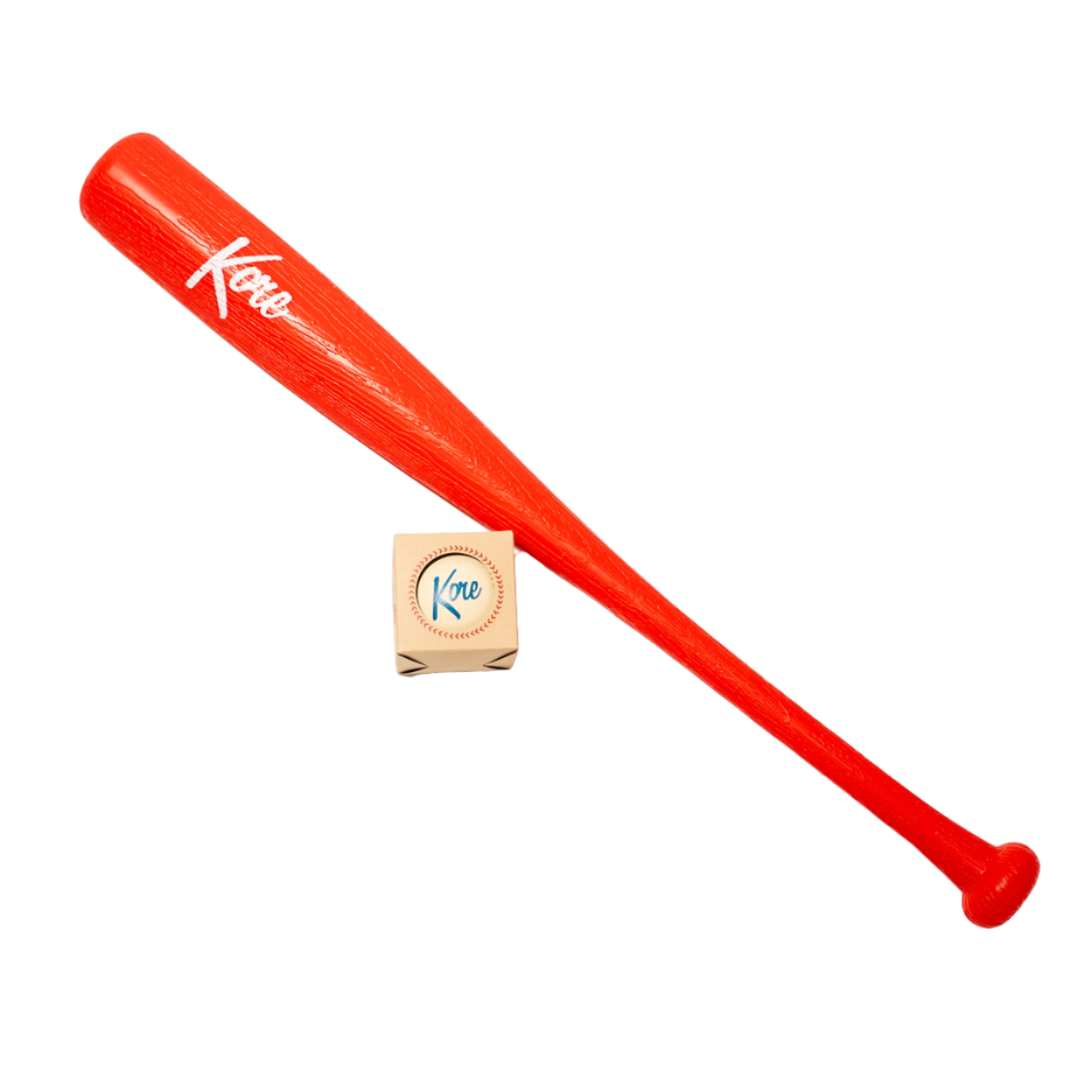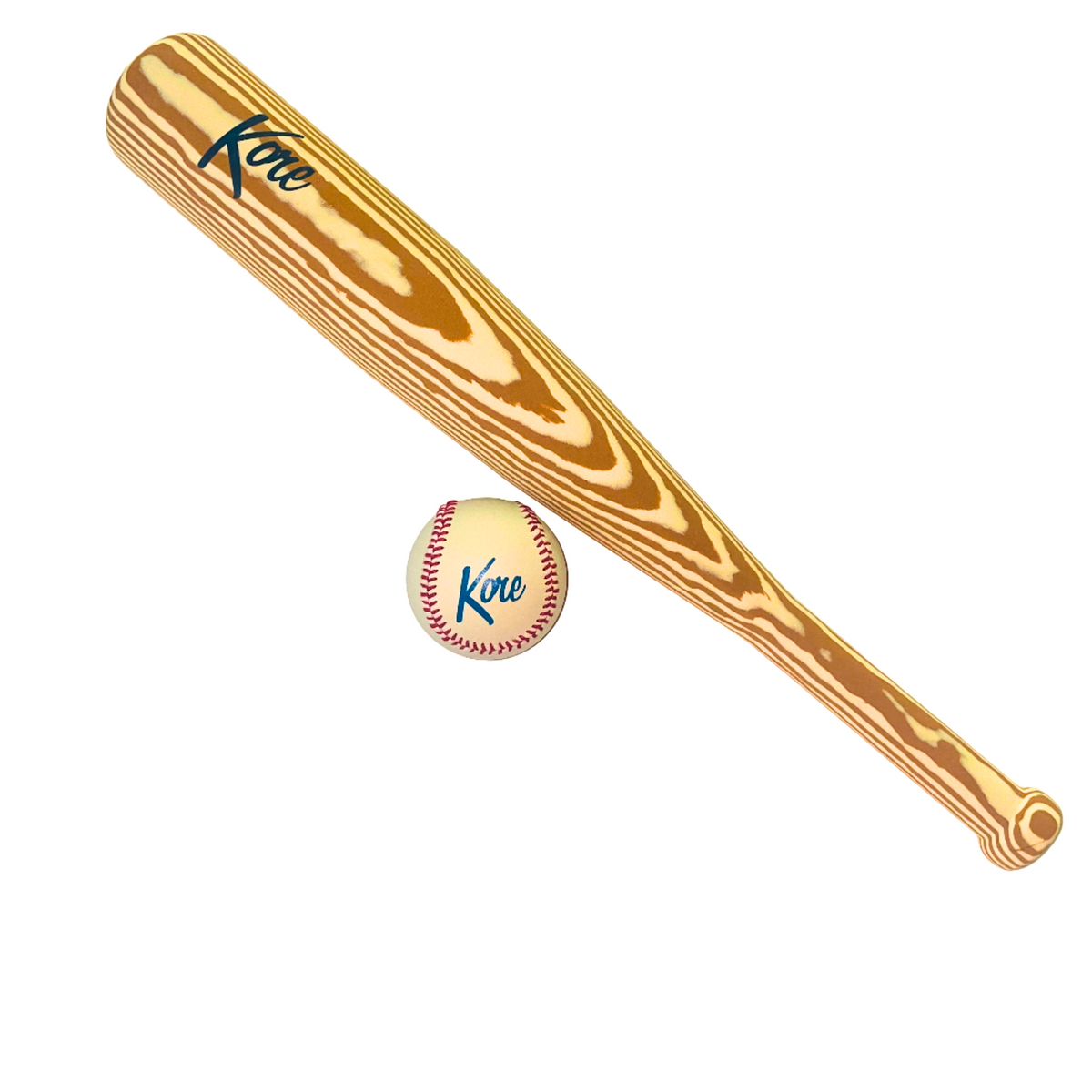Fundamentals of Infield Footwork
Understanding the different fielding positions is crucial in mastering infield footwork in baseball. Each position - shortstop, second base, and third base - requires specific footwork techniques. The shortstop, for instance, needs to cover a large area between second and third base, while the second baseman focuses on covering the right side of the infield. On the other hand, the third baseman needs to react quickly to balls hit down the line. Learning the responsibilities of each position is the foundation for developing proper footwork.
Building a strong foundation in infield footwork involves mastering the basic techniques. The ready position is the key starting point for any infielder. With knees slightly bent, weight centered, and feet shoulder-width apart, players are prepared to react quickly in any direction. First step quickness is another essential aspect of infield footwork. By generating explosive power from the legs, players can gain an extra fraction of a second when reacting to hit balls. Lateral movement drills help infielders develop the side-to-side speed and agility required for moving quickly to either side and making plays. Backpedaling is also an important skill, as it allows fielders to handle pop-ups or retreat on rapidly-hit balls without losing sight of the ball.
Preparing for Infield Plays
One of the keys to successful infield footwork is reading the batter's swing and anticipating the play. By paying attention to the batter's stance and swing path, infielders can position themselves more effectively before the pitch is thrown. Additionally, positioning and alignment play a crucial role in infield footwork. Traditional alignments vary based on factors such as the batter's tendencies, the pitcher's style, and the game situation. However, in recent years, shifts and defensive adjustments have become more prevalent in the game. By analyzing the statistical data and understanding the strengths and weaknesses of hitters, infielders can position themselves optimally to increase their chances of making successful plays.
These fundamental concepts and preparation techniques lay the groundwork for infielders to excel in their footwork on the field. A solid understanding of the positions and mastering basic footwork techniques is essential for players looking to elevate their skills and become more effective infielders.
Fielding Grounders and Line Drives
Fielding grounders and line drives require precise footwork to get in the proper position quickly. The approach to the ball is crucial in order to make a clean pick-up and set up for an accurate throw. Charging the ball is often necessary for slower-hit grounders, where infielders need to move forward aggressively to cut down on the batter's time. Staying back on slower-hit grounders allows infielders to read the ball's trajectory and position themselves properly to field it cleanly. Understanding the different angles at which ground balls can be hit and adjusting footwork accordingly is key to making successful plays.
Proper footwork is also essential when fielding grounders on the forehand or the backhand side. The footwork involved in these plays can vary, with the player either crossing over or shuffling laterally to reach the ball. In addition to fielding grounders, infielders must master the footwork involved in turning double plays. Quick and efficient footwork is needed to transition smoothly from catching the ball to making the throw to complete the double play. Practicing these distinct footwork techniques will greatly improve infielders' ability to make successful plays in various game situations.
Covering Bases and Making Accurate Throws
Covering bases is an important aspect of infield footwork, particularly when it comes to preventing runners from advancing or completing double plays. Understanding the footwork necessary to cover first base on grounders and bunts, or covering second base on steal attempts, is crucial for successful defensive plays. Quick and efficient footwork allows infielders to get to the base in time to receive throws and apply tags accurately.
Infielders must also have proper footwork for making accurate throws. Quick release techniques, combined with correct body positioning, are fundamental in achieving accurate throws to the desired target. Whether it be making a throw on the run or pivoting to throw from a stationary position, infielders must focus on the footwork necessary for generating power and accuracy in their throws.
Perfecting your infield footwork skills helps maintain defensive integrity and maximizes the chances of making successful plays.
Improving Infield Footwork
Improving infield footwork requires dedicated practice and drills specifically designed to enhance agility, quickness, and coordination. Cone drills are effective for improving quickness and agility, as they require players to change direction rapidly. Shuffle and crossover exercises help develop lateral movement skills, allowing infielders to move quickly and efficiently laterally in both directions.
It is important to incorporate footwork drills into regular training sessions. By setting aside dedicated time for footwork practice, players can focus on refining their technique and building muscle memory. Seeking feedback and guidance from coaches can provide valuable insights on areas that need improvement and help tailor training plans to individual needs.
Common Mistakes to Avoid
While mastering infield footwork, it is essential to be aware of common mistakes that can hinder performance. One common mistake is overcommitting and being off-balance, which can compromise the ability to quickly change direction or make accurate throws. Another mistake is lazy or slow footwork, as it prolongs reaction time and hinders getting in the proper position for fielding or making throws. Incorrect footwork when turning double plays can also lead to missed opportunities or errors. Being mindful of these potential pitfalls and consciously working to avoid them will lead to more efficient and effective infield footwork.
Injury Prevention for Infielders
Infield footwork places a significant demand on the lower body, making injury prevention a crucial aspect of training. Proper conditioning and warm-up routines are vital to ensure muscles are adequately prepared for the demands of infield play. Additionally, infielders should engage in strength and stability exercises that target the feet, ankles, and knees to help prevent injuries. Wearing appropriate footwear that provides stability and support, as well as using protective gear like ankle braces, can further reduce the risk of injuries associated with infield footwork.
By focusing on injury prevention, infielders can maintain their health and longevity in the sport, allowing them to consistently perform at their best.
Mastery of infield footwork is essential for any baseball player looking to excel in their position. By understanding the fundamentals, mastering techniques for fielding grounders and making accurate throws, as well as focusing on injury prevention, infielders can become more effective and reliable defensive players on the field. Incorporating footwork drills into regular training sessions and seeking guidance from coaches will help players refine their footwork skills and take their game to the next level. With time and consistent practice, infield footwork will become second nature, giving players the confidence and ability to make plays with precision and efficiency.





